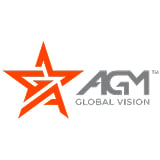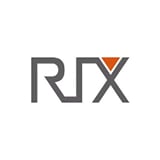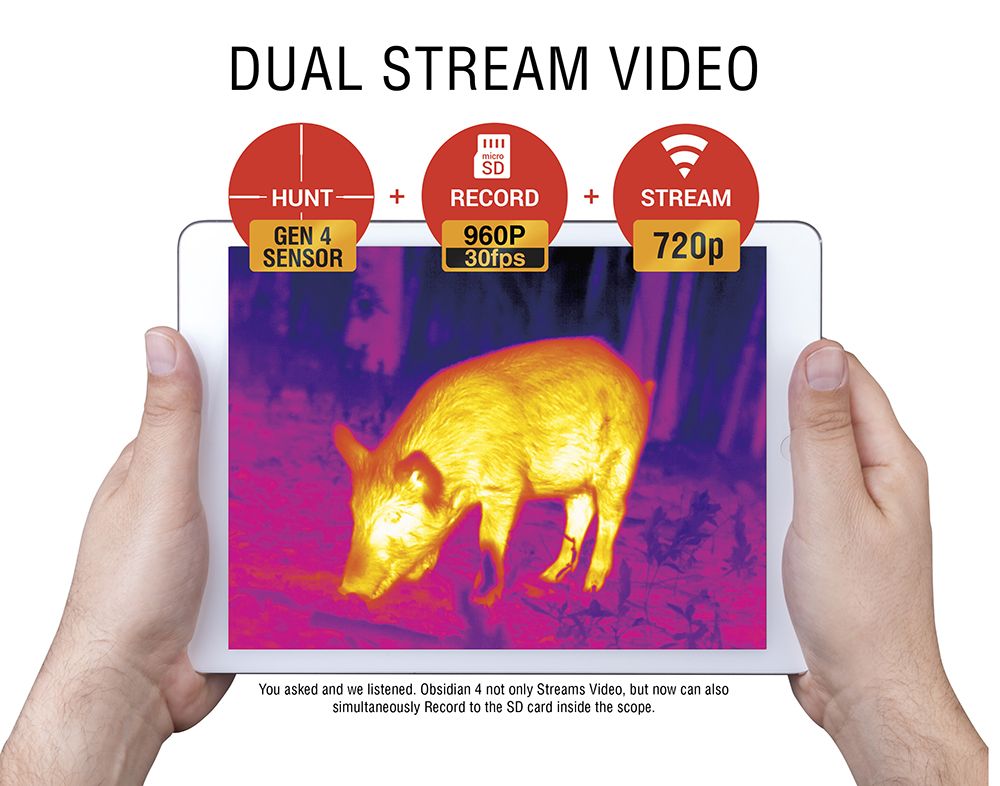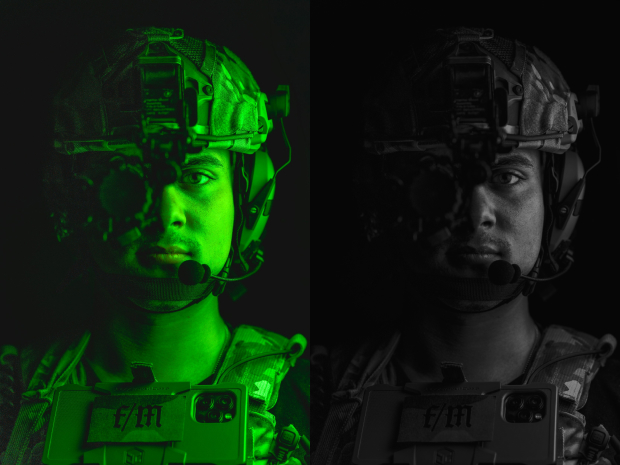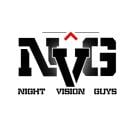A Night Vision Goggles Introduction: Origins, Evolutions, and More!
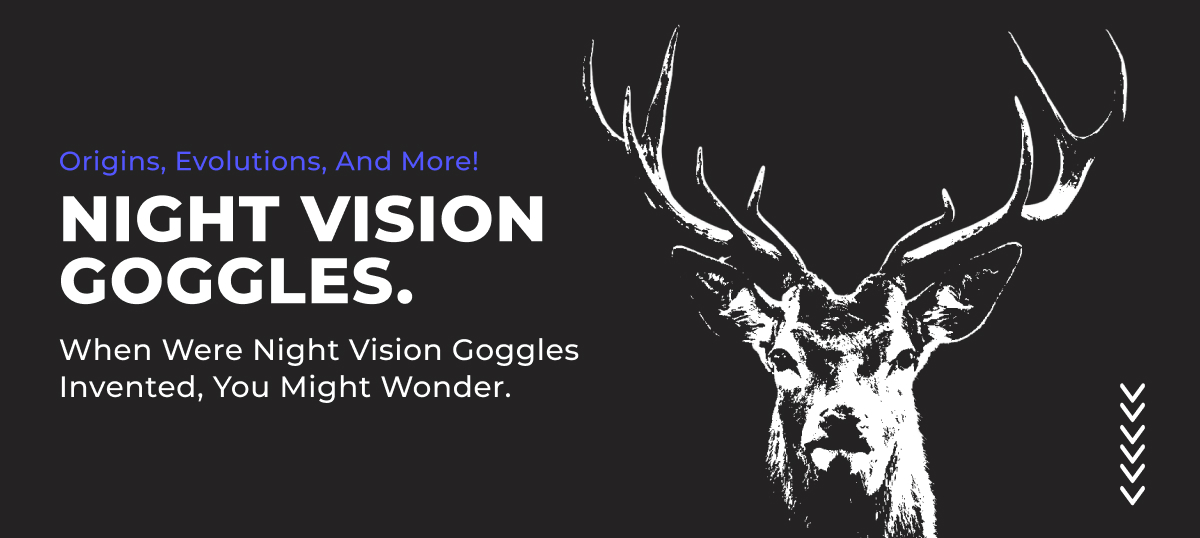
When were night vision goggles invented, you might wonder. How do they work, and what are their uses?
Night vision goggles are optical devices that let you see in low-light conditions. They do this either by amplifying ambient light or by employing infrared light. They’re vital tools for military, law enforcement, and recreational use, whether that by hunting or other shooting sports.
From the time of their invention to their modern-day applications, night vision goggles have a fascinating history. The technology has also evolved, making modern night vision goggles more useful than ever for illuminating objects in the dark.
The Origins of Night Vision Goggles
Who first developed night vision goggles? How did those early generations compare to today’s technology? NVG technology has evolved over the past decades, driven in large part by military applications.
The First Night Vision Goggles
Night vision technology first appeared during World War II. Germany pioneered the early development of night vision devices starting around 1939. Known by names like “sparrow hawk”and “vampir,” these early systems were mounted on tanks and sniper rifles. However, they were quite large and rather cumbersome. The technology relied on active infrared systems using an IR spotlight that illuminates the battlefield. That allows the goggles to capture the reflected infrared light so soldiers could see in complete darkness.
How did the Germans use these early night vision devices? They enjoyed a tactical advantage during operations at night. Because soldiers could see their enemies in the dark, they could deploy night attacks and reconnaissance missions with greater efficacy. Toward the end of the war, NVG technology known as “sniper scope" or "snooperscope," saw limited use with the U.S. Army.
However, reliance on infrared light posed certain limitations. As useful as the light could be, it also could be detected by other night vision systems, thereby revealing the user’s position.
Despite these disadvantages, early night vision devices served as a ground floor that today’s technology was built upon.
Post-War Development
Following World War II, the United States saw the potential of night vision technology. Researchers with the U.S. military improved upon German designs. Their designs were smaller with more functionalities. By the time the Korean War rolled around, night vision systems were even more advanced, even if they were still bulky. They were used only in specific operations.
How did these first generation night vision goggles work? Gen 1 goggles amplify available light. The models are dependent on infrared illuminators. In other words, they require an external light source to function in total darkness. The original generation of NVGs first saw heavy action during the Vietnam War when U.S. troops needed nighttime navigation and combat.
Active and Passive Systems
Two primary types of night vision technology have emerged as the technology has evolved: active and passive.
Active night vision systems – like those early German devices – emit light that reflects off of objects captured by the goggles. The systems are indeed effective, but they can reveal the user’s position when the beam is detected by other devices.
Passive night vision systems were developed after World War II. They amplify ambient light such as moonlight or starlight. Because they don’t use infrared light sources, passive systems are discreet and effective in tactical situations. In modern military operations, passive systems are preferred because of their better stealth capabilities.
Technological Evolution of Night Vision Goggles
As night vision technology has evolved, it’s seen significant improvements in the devices’ size, functionality, and image clarity. Just by recognizing the generational advancements, you can’t deny how far the technology has come.
Advances in Night Vision Technology
Night vision technology has evolved through four generations, each adding additional features and functionality. Those night vision goggle generations include:
- Gen 1: Early night vision models were large. They required an IR light source, and they had limited range and resolution.
- Gen 2: Introduced in the 1970s, Gen 2 goggles improved their image intensifiers. That way, they had better light amplification without external IR light. The generation also was more compact and reliable.
- Gen 3: Used extensively by military and law enforcement today, Gen 3 goggles feature gallium arsenide photocathodes. The material boosts image resolution and clarity. So, they’re more effective even in near-total darkness. The goggles also incorporate "automatic gain control" to adjust brightness based on lighting conditions.
- Gen 4: NVG Gen 4 features gated/filmless technology – a huge technological breakthrough in image intensification. When you remove the ion barrier film along with “gating” the system, Gen 4 night vision goggles boast substantial increases in target detection, as well as resolution. This is particularly true at low light levels.
Modern Night Vision Goggles
Modern night vision goggles boast several features that make them more capable than their forerunners. Newer models of NVG have advanced so they offer crystal-clear images even in low-light conditions. The user then can identify objects or targets in the field with better clarity.
Meanwhile, better detection range enables them to spot objects or people at greater distances. Newer models of NVG also permit the user a wider field of view, so they can quickly scan larger areas faster. Night vision goggles have become significantly lighter. That makes them easy to wear for extended periods without making the user feel fatigued.
Applications of Night Vision Goggles in Modern Times
Night vision goggles are now used in a variety of fields ranging from military and law enforcement to hunting and recreational activities. The ideal devices will differ depending on its intended use.
Military and Law Enforcement
Modern military forces make extensive use of night vision goggles while performing operations at night. With the help of NVGs, soldiers can perform tasks like reconnaissance, target acquisition and navigation – even under the veil of darkness.
At the same time, tactical law enforcement units use NVGs for surveillance, raids, and searches. This is particularly true in low-light urban or rural environments.
Hunting and Recreational Shooting
Hunters are increasingly using night vision goggles when they operate in low-light conditions. After all, most predator and hog hunting takes place at night. NVGs, therefore, help hunters spot game without visible light that might scare animals away.
Recreational shooters also use NVGs for tactical training. They even employ the devices in simulation games like airsoft or paintball. They add a realistic edge to night-time play.
Outdoor Enthusiasts and Survivalists
NVGs are also a valuable tool for survivalists and outdoor adventurers. NVGs help them navigate difficult terrain in the dark. It also helps them scout areas and conduct search-and-rescue missions.
How Night Vision Goggles Work
Exactly how do night vision goggles work, anyway? Well, they use a pretty sophisticated technology to amplify light. They make many dark environments visible to the human eye.
Core Night Vision Technology
We’ve established that NVGs work by intensifying ambient light. But how do they do it?
A photocathode converts photons, or particles of light particles, into electrons. These are then multiplied by a microchannel plate. When electrons hit a phosphor screen, they create a visible image. This is how NVGs amplify even the slightest amount of light from sources such as stars or the moon.
Some night vision systems actually operate in the infrared spectrum. They use IR illuminators to create images in total darkness. This type of NVG is often used in conditions with no ambient light. However, they also can potentially give away the user’s position.
Optical and Electrical Components
NVGs have both optical and electrical components. Multi-coated lenses focus light onto the image intensifier tube. The lenses are designed to enhance clarity and cut down on glare.
Night vision goggles also consist of a power supply. They require compact, energy-efficient batteries that will last for extended periods without adding bulk.
Thermal Imaging Vs. Night Vision
One important distinction must be made. Night vision shouldn’t be confused with thermal imaging. Thermal imaging is a different technology altogether that detects heat, rather than light. It lets users view warm objects such as people or animals – even through smoke or fog. Note, however, that some modern NVGs incorporate thermal imaging in addition to traditional night vision. These products really do offer the best of both worlds.
Buying Night Vision Goggles
Thinking about buying a pair of night vision goggles? Perhaps you’re not quite sure what you’re looking for? When buying a pair of night vision goggles, consider a few factors, including:
- Intended Use Case: The intended use—whether for hunting, law enforcement, or recreation—will help determine the type of NVGs to purchase.
- Budget: NVG generations differ in cost. The cheapest generation is Gen 1, but it boasts minimum features. More expensive and advanced models include Gen 3 and thermal systems.
- Reliability: Military-grade NVGs are designed to work in extreme conditions. Features include waterproofing and shock resistance.
- Battery Life: Long-lasting batteries are important for extended use, especially in field conditions.
Night vision goggles are available from a variety of brands, but a few are popular among a variety of users. ATN, for example, is known for affordable NVGs with good clarity and performance.
FLIR specializes in thermal and night vision combinations. They are widely used by law enforcement. Pulsar is another popular brand of night vision goggles. It has high-end NVGs, including advanced features such as long-range detection and better image clarity.
The Future of Night Vision Technology
What does the future hold for night vision technology? NVGs continue to develop and evolve, with some exciting advancements on the horizon.
Digital night vision promises increased resolution and lower costs. It uses sensors and digital displays instead of analog systems.
New NVGs may even include augmented reality overlays. AR overlays give the user added, real-time data such as GPS coordinates and targeting information in real time
Another development in the NVG world is the concept of smart helmets. Currently, the military is in the research and development stages for NVG systems integrated into helmets. They will feature HUD displays, and they’ll integrate night vision with thermal imaging.
NVGs Are a Sound Investment
Night vision goggles have transformed activities in the dark. They’ve evolved from the bulky equipment of World War II into advanced tools used today by the military and police, and even by sportsmen.
As the technology continues to develop, NVGs will only become more and more powerful, smaller, and capable. Whether you’re preparing for tactical missions or night hunting, investing in the right NVG can be a game-changer. Take just a minute today to check out Night Vision Guys' extensive collection. You'll find just the right night vision goggles to fit your needs.






